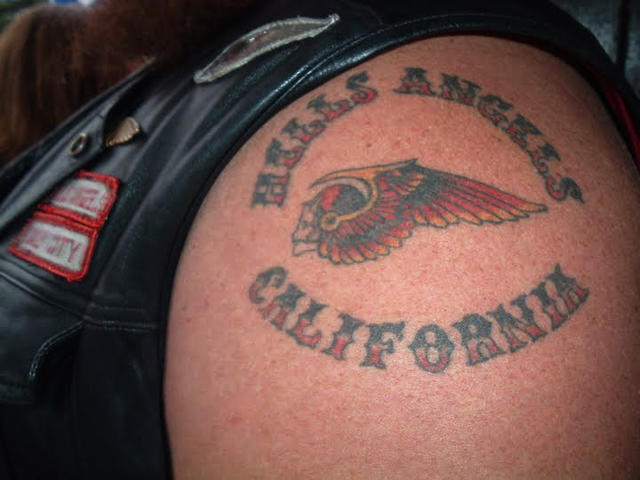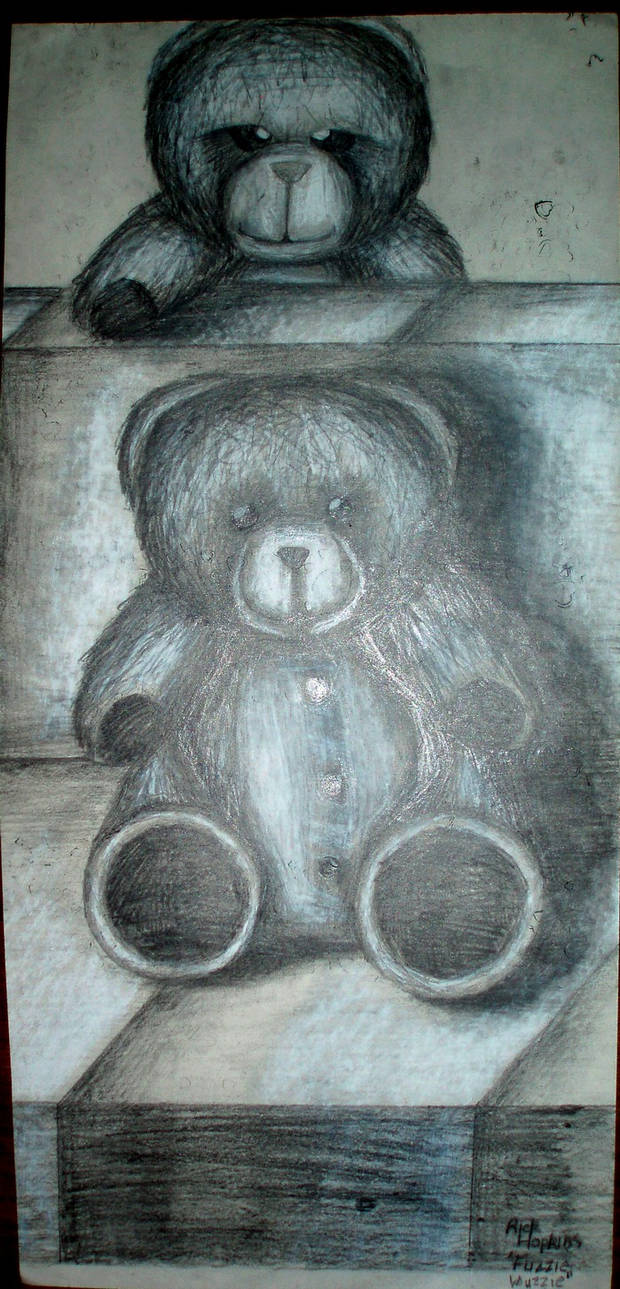Hells Angels: An Examination Of Their Culture And Influence

Table of Contents
The History and Origins of the Hells Angels
The Hells Angels Motorcycle Club's origins trace back to the post-World War II era, a time of societal upheaval and a burgeoning counter-culture. The rise of biker gangs reflected a rejection of established norms and a search for freedom and camaraderie. This yearning for independence manifested itself in the formation of numerous motorcycle clubs, with the Hells Angels emerging as one of the most prominent and enduring.
- Founding: The club's origins are often cited as 1948 in Fontana, California.
- Early Days: Early members were predominantly veterans, reflecting the post-war context. Their initial activities were characterized by motorcycle rallies, bar fights, and a general air of defiance.
- Expansion: Over the decades, the Hells Angels expanded their reach, establishing chapters across the United States and internationally, becoming a truly global organization. This expansion often involved conflict with rival motorcycle clubs and law enforcement.
- Key Historical Events: Several key events, including internal power struggles, major criminal investigations, and violent clashes, shaped the Hells Angels' trajectory and cemented their reputation.
Hells Angels' Subculture and Internal Structure
The Hells Angels boast a distinct subculture, characterized by a strong emphasis on brotherhood, loyalty, and the biker lifestyle. Their hierarchical structure is rigidly defined, with a clear chain of command and specific roles for members.
- Motorcycle Culture: The motorcycle is central to the Hells Angels identity, representing freedom, rebellion, and a shared passion.
- Membership: Aspiring members, known as "prospects," undergo a rigorous initiation process, demonstrating their commitment and loyalty before earning full membership.
- Hierarchy: The club is structured with chapters, each operating under a president and a defined leadership structure. National or international leadership oversees the overall operations.
- Symbols and Insignia: The iconic "death head" logo and specific colors and patches are integral to the Hells Angels' identity and serve to reinforce their image and membership.
- Internal Governance: Decisions are typically made through a hierarchical process, with the leadership making ultimate decisions about club activities and strategy.
Criminal Activities and Law Enforcement Response
The Hells Angels have a long and well-documented history of involvement in various criminal activities. This has led to significant law enforcement scrutiny and international efforts to combat their illegal operations.
- Criminal Enterprises: The club has been implicated in drug trafficking (methamphetamine, cocaine, etc.), violence, extortion, racketeering, and weapons trafficking.
- Law Enforcement Strategies: Law enforcement agencies employ various strategies to infiltrate the Hells Angels, including undercover operations, surveillance, and asset seizures.
- Notable Cases: Numerous high-profile legal cases and convictions highlight the Hells Angels' involvement in organized crime, demonstrating the challenges in prosecuting members due to their strong code of silence and complex organizational structure.
- International Cooperation: Combating the Hells Angels' transnational criminal activities requires international cooperation and information sharing between law enforcement agencies.
The Hells Angels in Popular Culture and Media
The Hells Angels have been frequently depicted in books, films, television shows, and other media, often shaping public perception of the group. These portrayals range from romanticized depictions of rebellious freedom to portrayals highlighting their criminal activities.
- Media Portrayals: Examples range from the romanticized biker films of the past to more critical portrayals in documentaries and news reports.
- Impact on Image: Media coverage significantly impacts the Hells Angels' image, influencing both public opinion and potentially attracting new members.
- Stereotypes: Media often reinforces stereotypes about outlaw biker gangs, influencing how the public understands the Hells Angels and their activities. This can often be very far removed from the reality.
Conclusion
This examination of the Hells Angels Motorcycle Club reveals a complex organization with a rich, albeit controversial, history. From their origins in post-war America to their global presence and enduring influence on popular culture, the Hells Angels continue to fascinate and intrigue. Understanding their culture, structure, and criminal activities is crucial to comprehending their impact and the ongoing challenges posed by organized crime. For a deeper dive into the world of outlaw motorcycle clubs, further research into specific chapters and historical events is recommended. To learn more about the multifaceted nature of the Hells Angels, continue your exploration of their history and impact. Understanding the Hells Angels requires a nuanced approach, considering their history, culture, and criminal activities within their broader societal context.

Featured Posts
-
 Flash Flood Watch Texas North Central Areas At High Risk
May 25, 2025
Flash Flood Watch Texas North Central Areas At High Risk
May 25, 2025 -
 Decouvrez Les Personnes Derriere Le Brest Urban Trail
May 25, 2025
Decouvrez Les Personnes Derriere Le Brest Urban Trail
May 25, 2025 -
 Kyle Vs Teddi Dog Walker Conflict Explodes
May 25, 2025
Kyle Vs Teddi Dog Walker Conflict Explodes
May 25, 2025 -
 Wildfires Push Global Forest Loss To Unprecedented Levels
May 25, 2025
Wildfires Push Global Forest Loss To Unprecedented Levels
May 25, 2025 -
 Philips Future Health Index 2025 Ais Transformative Potential In Global Healthcare
May 25, 2025
Philips Future Health Index 2025 Ais Transformative Potential In Global Healthcare
May 25, 2025
Latest Posts
-
 Tirreno Adriatico 2024 Mathieu Van Der Poels Stunning Canyon Aeroad
May 26, 2025
Tirreno Adriatico 2024 Mathieu Van Der Poels Stunning Canyon Aeroad
May 26, 2025 -
 Van Der Poels Custom Canyon Aeroad Specs And Details From Tirreno Adriatico
May 26, 2025
Van Der Poels Custom Canyon Aeroad Specs And Details From Tirreno Adriatico
May 26, 2025 -
 Canyon Aeroad Mathieu Van Der Poels Custom Ride For Tirreno Adriatico
May 26, 2025
Canyon Aeroad Mathieu Van Der Poels Custom Ride For Tirreno Adriatico
May 26, 2025 -
 Mathieu Van Der Poels New Canyon Aeroad A Closer Look At Tirreno Adriatico Bike
May 26, 2025
Mathieu Van Der Poels New Canyon Aeroad A Closer Look At Tirreno Adriatico Bike
May 26, 2025 -
 Mathieu Van Der Poels Custom Canyon Aeroad At Tirreno Adriatico
May 26, 2025
Mathieu Van Der Poels Custom Canyon Aeroad At Tirreno Adriatico
May 26, 2025
